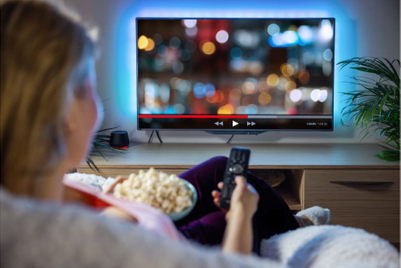
A new study from JioStar and Nielsen tracked viewership during this year's TATA IPL and found that audiences across TV, connected TV and mobile overlap by less than 5%. That's way lower than most brands probably assume when they're planning campaigns.
The research covered five major advertisers—FMCG companies, beverage brands, auto manufacturers, consumer durables and fintech players. JioStar and Nielsen pulled together BARC's television numbers, Nielsen's digital tracking, and ran it all through deduplication analytics to figure out who's actually watching what, where.
What they found matters for anyone buying media during big sporting events. Running ads across multiple screens didn't just give brands a bit more reach—it added 20 to 40% incremental audience across every brand they looked at. When advertisers got more precise with digital targeting, that overlap dropped even lower. In some cases, down to about 1%.
Anup Govindan, who handles sports revenue at JioStar, called it "a game changer." His point: there's now actual data backing up what cross-screen strategies promise during live sports. Akhil Parekh from Nielsen said the work sets "new global benchmarks" for how the industry should think about unified audience planning.
This matters because live sports still pull massive real-time audiences in India, and brands are spending serious money trying to reach them. What this study suggests is that TV viewers, CTV viewers, and mobile viewers are largely separate groups. So if you're only buying one screen, you're missing most of the potential audience. And if you're buying all three but assuming heavy overlap, you're probably undervaluing what you're actually getting.
It's also a push toward better measurement. Right now, a lot of brands still plan TV and digital separately, which means they don't really know how much audience duplication they're dealing with. Studies like this one make the case that unified tracking isn't just nice to have—it could actually help cut waste and make campaigns work harder.


.jpg&h=334&w=500&q=100&v=20250320&c=1)
.jpg&h=334&w=500&q=100&v=20250320&c=1)





.jpg&h=334&w=500&q=100&v=20250320&c=1)


.jpg&h=268&w=401&q=100&v=20250320&c=1)

.jpg&h=268&w=401&q=100&v=20250320&c=1)
.jpg&h=268&w=401&q=100&v=20250320&c=1)
.jpg&h=268&w=401&q=100&v=20250320&c=1)
.jpg&h=268&w=401&q=100&v=20250320&c=1)
.jpg&h=268&w=401&q=100&v=20250320&c=1)
.jpeg&h=268&w=401&q=100&v=20250320&c=1)
